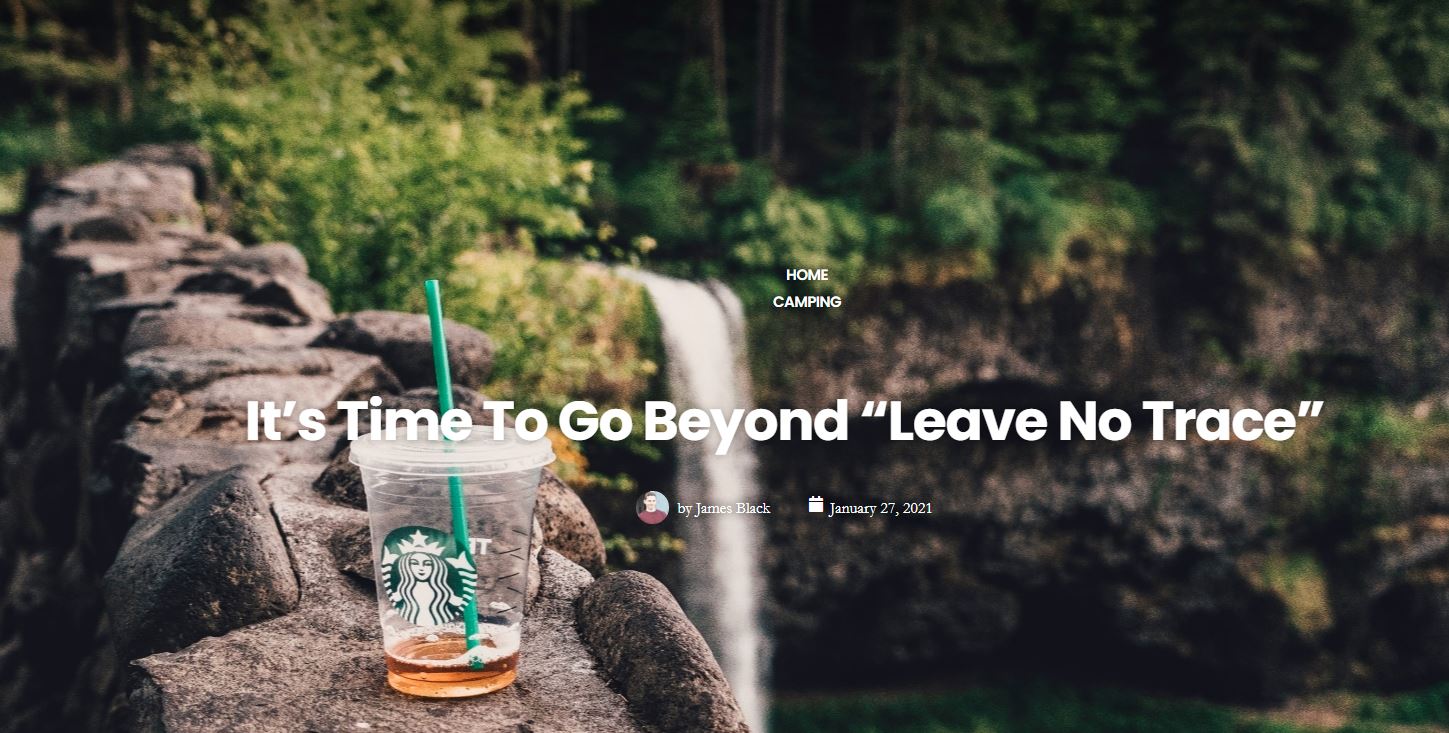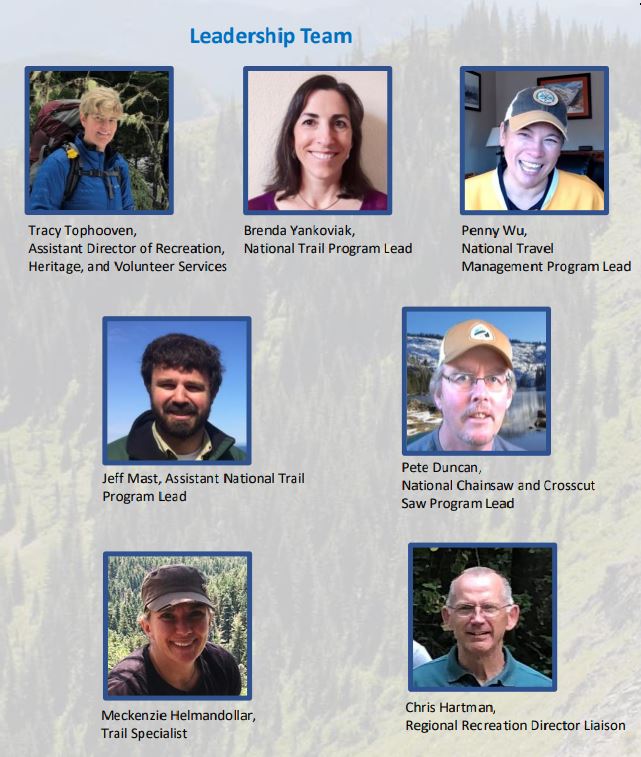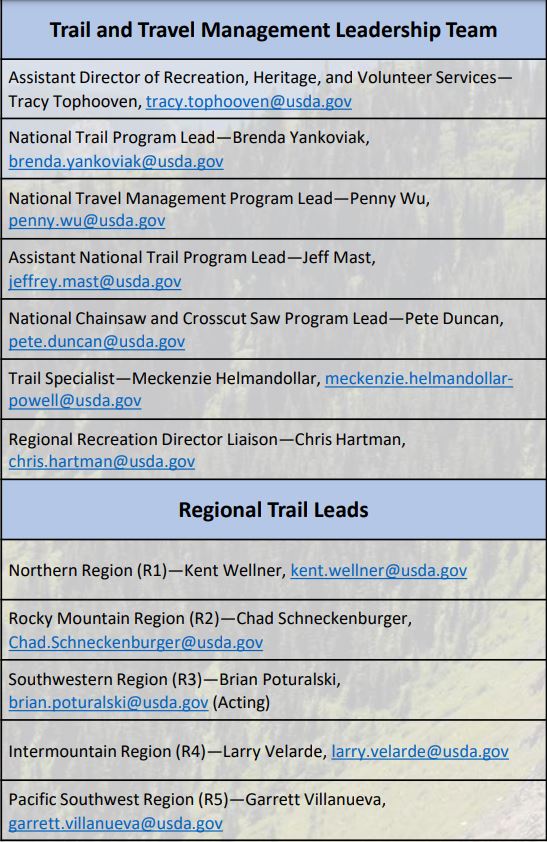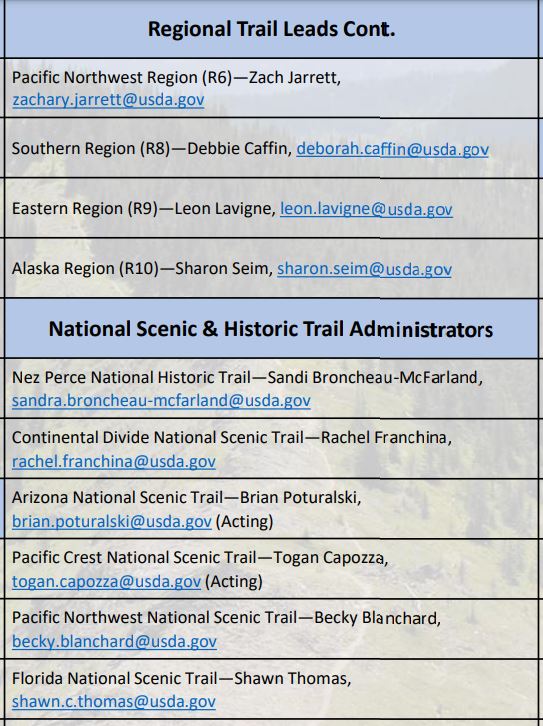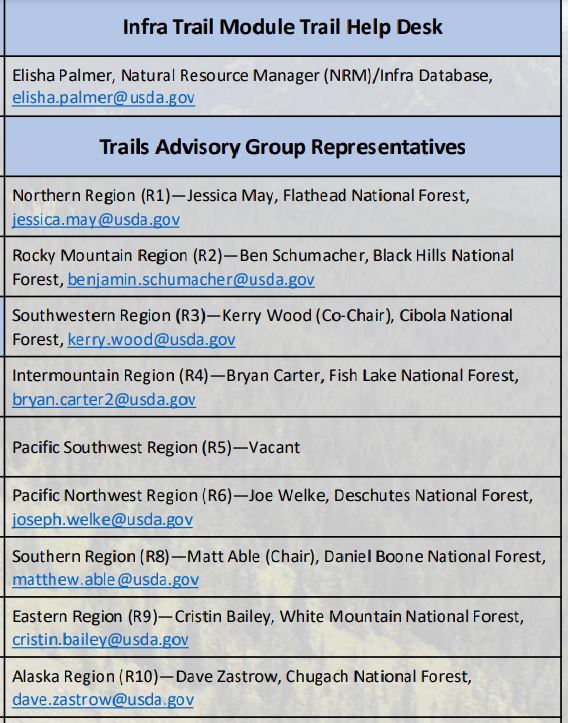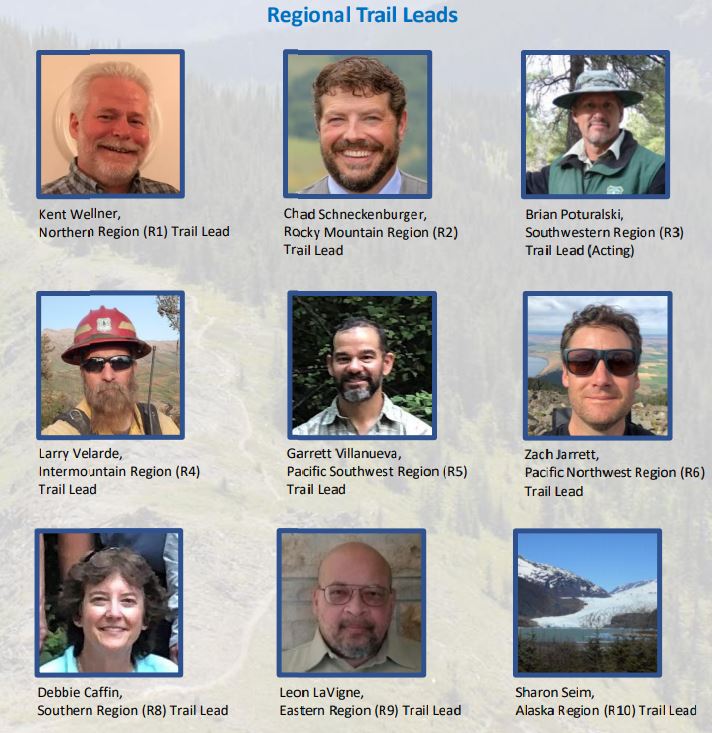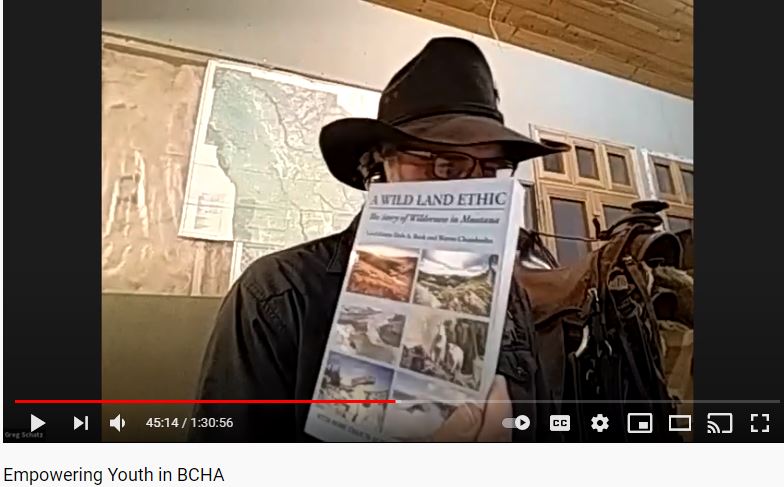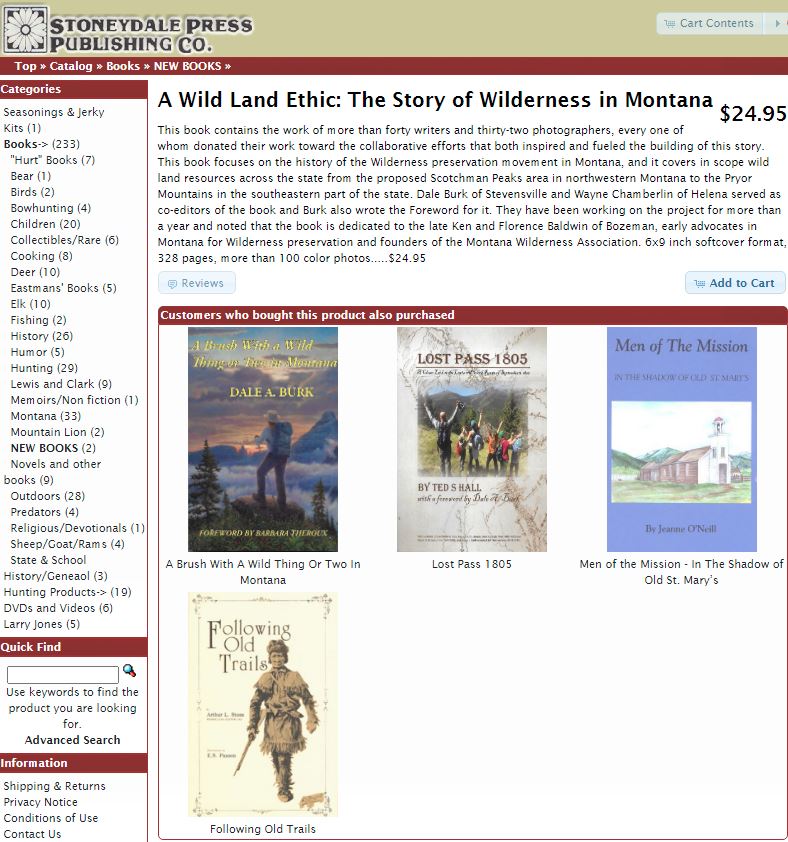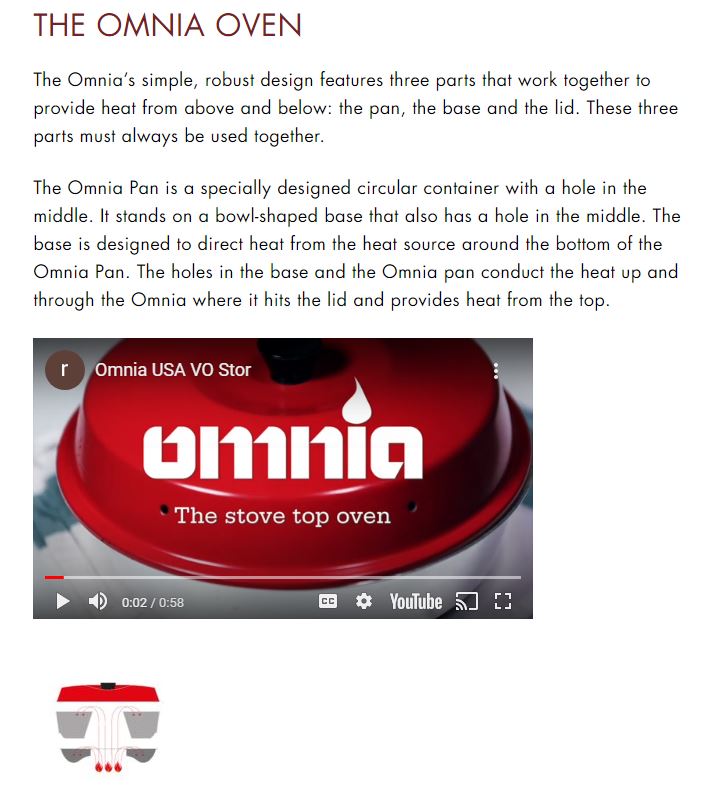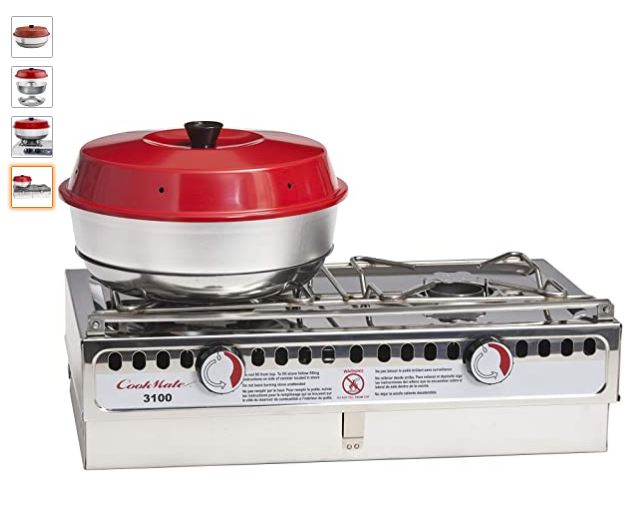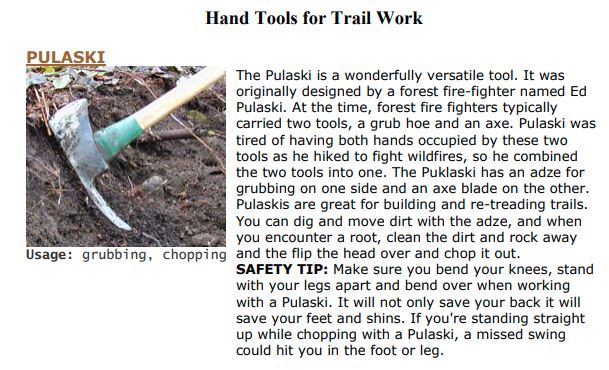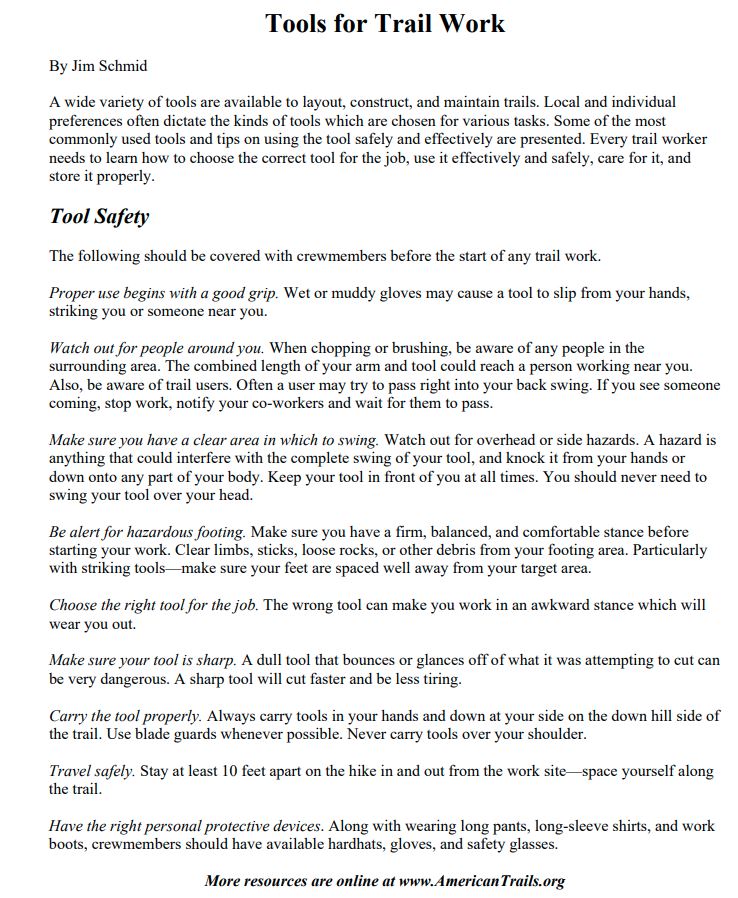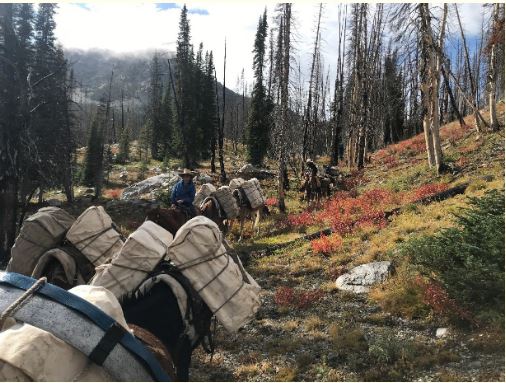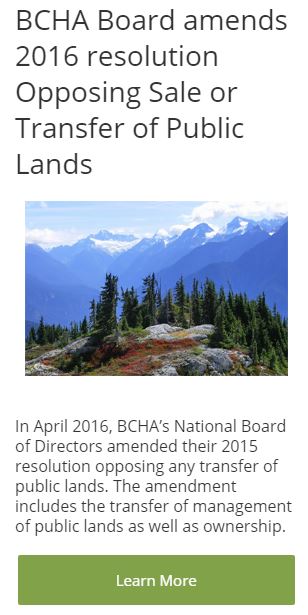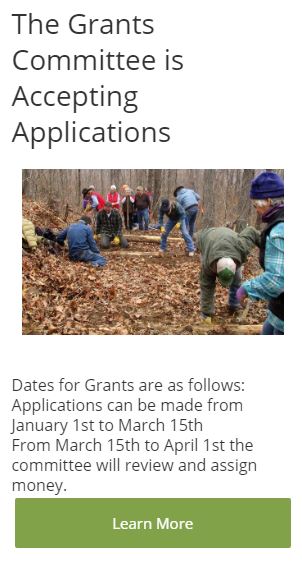In this instructional webinar led by Chip Noble, senior product manager at Garmin, we review the features and functionalities of each inReach device, as well as what types of activities each device is best suited for.
We also discuss inReach compatible Garmin apps and products, such as GPS watches and cycling computers.
 WATCH VIDEO / PDF
WATCH VIDEO / PDF
 WATCH VIDEO // INREACH MINI
WATCH VIDEO // INREACH MINI
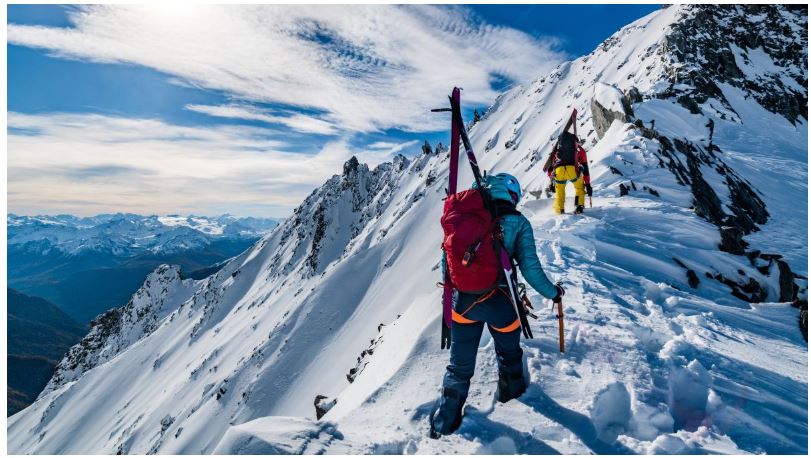
Top Tips for Using inReach Devices in the Winter
January 8, 2021
More and more, people are finding ways to enjoy outdoor activities during the winter months. And while snowy landscapes can be beautiful, colder temperatures and drastic weather can become dangerous quickly. Here are our top tips for using inReach® satellite communication devices in the winter.
- Always pack your inReach. It can be even more important to carry an inReach device in the wintertime when equipment failure or minor injury can have much more serious consequences. Without the proper equipment, spending a night in the woods can have a very different outcome in the wintertime than it might in the summertime.
- Carry the inReach device inside your jacket and close to your body to keep it warm and extend the battery life when it’s cold, as all electronics have reduced battery performance at cold temperatures. We recommend storing it in an upper pocket for the best satellite connection.
- Plan the hike and hike the plan. That’s particularly important in the winter when cold temperatures and winter storms can slow or stop your progress. Use inReach tracking and your MapShare™ page to let your friends and family follow along during your trip. Send them a message if you are delayed and will be later than expected.
- Try to keep your gloves on when sending messages with your inReach Explorer®+ device or GPSMAP® 66i/GPSMAP 86i handheld. If you own an inReach Mini and pair it to your cellphone, carry a small touchscreen stylus on a lanyard around your neck so you can tap out a message without taking your gloves off. It only takes a few seconds to get cold fingers and lose the necessary dexterity to use your equipment.
- Take advantage of preset and quick text messages to save time, keep moving and stay warm in the winter. You can quickly send an “I’m checking in” preset message to friends and family, or reply to a message with a “Yes,” “No” or “Wish you were here” quick text.
- Carry the inReach device with you to have access to satellite weather forecasts anywhere in the world. Check for clear skies or approaching storms to make informed decisions about whether to start your activity or wait it out.
- If snow covers the trail, or if you encounter blizzard conditions or simply get lost, use the TracBack® feature on your device to navigate back to where you first started tracking.
- Spend less time dealing with your equipment in cold temperatures by pairing your phone to the Earthmate® or Garmin Explore™ app or your compatible Garmin wearable, prior to beginning your activity.
- For multiday trips, put your device in Extended Tracking or Expedition mode to extend the battery life. Or consider carrying a backup lithium battery pack for your device.
- If an emergency situation does occur, don’t hesitate to trigger an SOS for yourself, a party member or a third-party individual. In cold weather, every moment counts. Once an SOS is triggered, staff at GEOS, the Garmin-powered International Emergency Response Coordination Center (IERCC), will immediately begin coordinating a rescue response.
NOTICE: To access the Iridium satellite network for live tracking and messaging, including SOS capabilities, an active satellite subscription is required. Some jurisdictions regulate or prohibit the use of satellite communications devices. It is the responsibility of the user to know and follow all applicable laws in the jurisdictions where the device is intended to be used.
